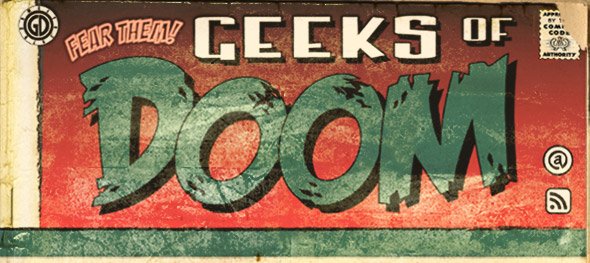 The Last of Us: American Dreams
The Last of Us: American Dreams
Trade Paperback
Written by Faith Erin Hicks and Neil Druckmann
Artwork by Faith Erin Hicks
Colors by Rachelle Rosenberg
Cover by Julian Totino Tedesco
Dark Horse Comics
Release Date: November 12, 2013
Cover Price: $16.99
So, The Last of Us: American Dreams, is based on a recent hit video game. This has been happening a lot lately. Like, a lot a lot.
It’s also co-written by Neil Druckmann, who is the writer for the aforementioned video game: The Last of Us. He is the creative director for the game and has written for a few other big budget video games. Now, the story lines of video games have come a long way since Doom, or even Quake. In 1998, when Half-Life was released, it was hailed as a landmark in storytelling in an FPS. Since then, the quality of the story has become more central to the quality of game. You know this, I know this, anyone that is even remotely into gaming knows this, and I don’t need to make this a recent history recap. Still, this smacks of a commercial cash-in, and one that serves only to sell a new action figure, or some such, and eke out a few more dollars from the beleaguered masses. Hooray.
But it isn’t. Not really, anyways. Faith Erin Hicks (Friends With Boys), has been gaining popularity for a bit now, and while I wouldn’t say this is the culmination of that, she isn’t Alan Dean Foster, or a similar warm body contracted for a product tie-in. What she and Drukmann have managed to create is a teenage-rebellion story enmeshed in the post-apocalyptic world of a zombie-infection outbreak.
Ellie, one of the main characters of the game, (the creation of whom has upset one Ellen Page) is the main character, as 13 year old girl who is sent to a new school after being nothing but trouble for her previous schools. She meets a girl named Riley who shows her how to break out and find some fleeting freedom in this world; they do this by visiting a mall. Riley makes some vaguely revolutionary remarks, and laments her inability to join a rebel group called The Fireflies. The two have an adventure by breaking the rules, and experiencing what real life is all about. High School stuff. Of course, through the looking-glass of this world, Ellie is sent to a military school, the two sneak out to a burned-out mall that’s been commandeered by a drunken cavalryman, there’s a bomb raid, and real-life experience is synonymous with surviving gunfire and zombie attacks. When Riley says “All roads lead to the same end,” it’s a line that could just as easily be uttered by a gothy, gawky teenager, as it is by someone who’s seeing this world for what it is: a nightmare.
Hicks’ candy-grit character design, with the wide-eyed naivete of the main characters, wouldn’t be out of place in any coming of age story. Her take on zombies is especially harrowing, as they don’t look so dead-eyed; she instead renders them to be in pain and desperate, like they are clinging for palliation or companionship as much as anything when they attack. The colors, by Rachelle Rosenberg, augment Evans’ style, and contributes to the dreamscape.
I don’t mean to be curmudgeonly when I say this: I was surprised to like The Last of Us: American Dreams. It feels a little bit like snootily shunning television for the theater because the former was the new medium in 1940-whatever. It’s silly to dismiss this solely because of its origins. By serving as a self-contained prologue to the game, the story only has to fit in the universe (and hit some talking points that aren’t made terribly transparent). You don’t even have to care about the game to get into it – I don’t. It would be even better if comic companies took this as proof that compelling, fun, and thoughtful lady-type characters can be convincingly written and sold.






No Comments »
No comments yet.
RSS feed for comments on this post. TrackBack URL
Leave a comment